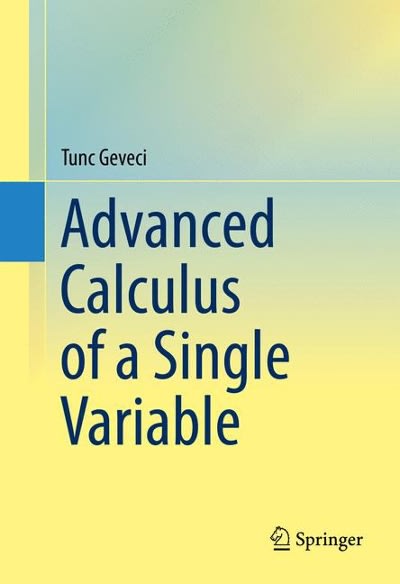A financial analyst engaged in business valuation obtained financial data on 71 drug companies. Let Y correspond to the price-to-book value ratio, X, correspond to the return on equity, and Xz correspond to the growth percentage. Use the accompanying data to complete parts a. through e. below. HiClick the Icon to view the business valuation data. PLEASE RUN SPSS OR STATCRUNCH TO OBTAIN THE REQUIRED DATA TO ANSWER THE QUESTIONS BELOW! Be prepared to RUN SPSS OR STATCRUNCH In other questions In this module tool Business Valuation Data Price/Book Value Ratio Return on Equity Growth % 1.529 13.001 6.494 8.262 11.883 135 617 a. Develop a regression model to predict price-to-book-value ratio based on return on equity. 2074 12.345 0.124 6.603 25.065 14.237 1.284 8.77 22.662 (Round to three decimal places as needed.) 3.188 37.958 19.041 b. Develop a regression model to predict price-to-book-value ratio based on growth. 2 527 25.639 24.633 5.277 19.604 11.683 2.373 22 802 49.819 (Round to three decimal places as needed.) 7.659 69.718 36.635 0.494 3.787 41.099 c. Develop a regression model to predict price-to-book-value ratio based on return on equity and growth. 2.541 9.166 28.961 7.549 29.126 51.964 9 -0+X x2 5.232 17.684 25 053 (Round to three decimal places as needed.) 2.181 29.268 23.882 4.876 31 468 9.533 d. Compute and Interpret the adjusted r. for each of the three models. 2.109 14.728 18.433 4.019 $1 929 39 152 Start with the part (a) model. 1.898 14.169 39.533 The adjusted . shows that % of the variation in V correcting for the number of independent variables in the model 1.561 14 104 27.012 is explained by (Round to one decimal place as needed.) 2.037 14.894 13 241 4.975 20.684 17.194 2.322 14.912 15.934 Compute and interpret the adjusted r for the part (b) model. 210 5.581 16.682 The adjusted shows that % of the variation in is explained by correcting for the number of independent variables in the model, 2.884 11.26 8 275 1.823 16 26 18.231 (Round to one decimal place as needed.) 5.466 23.948 16 763 Compute and interpret the adjusted r for the part (c) model. 4.734 14:661 46.456 2512 6.226 33.895 The adjusted shows that %% of the variation in is explained by correcting for the number of independent variables in the model, 1 734 19.044 8 495 15.086 (Round to one decimal place as needed.) 8 342 38.889 2 266 15.091 25.178 e. Which of these three models do you think is the best predictor of price-to-book-value ratio? 2 907 19 799 0.304 7.542 18.355 3.304 The model from is the best predictor of price-to-book-value ratio because it has the value of 3.265 20.719 9.466 2.819 34.616 7:072 2.416 15.441 9.515 1.232 10 30 4.727 3.061 23 482 4 088 10.303 91 469 13.319 2.119 1.567 15.965 1.651 9.455 5.738 2.087 19.342 0.103 7 175 5.076 102 694 1.387 42 849 1.586







